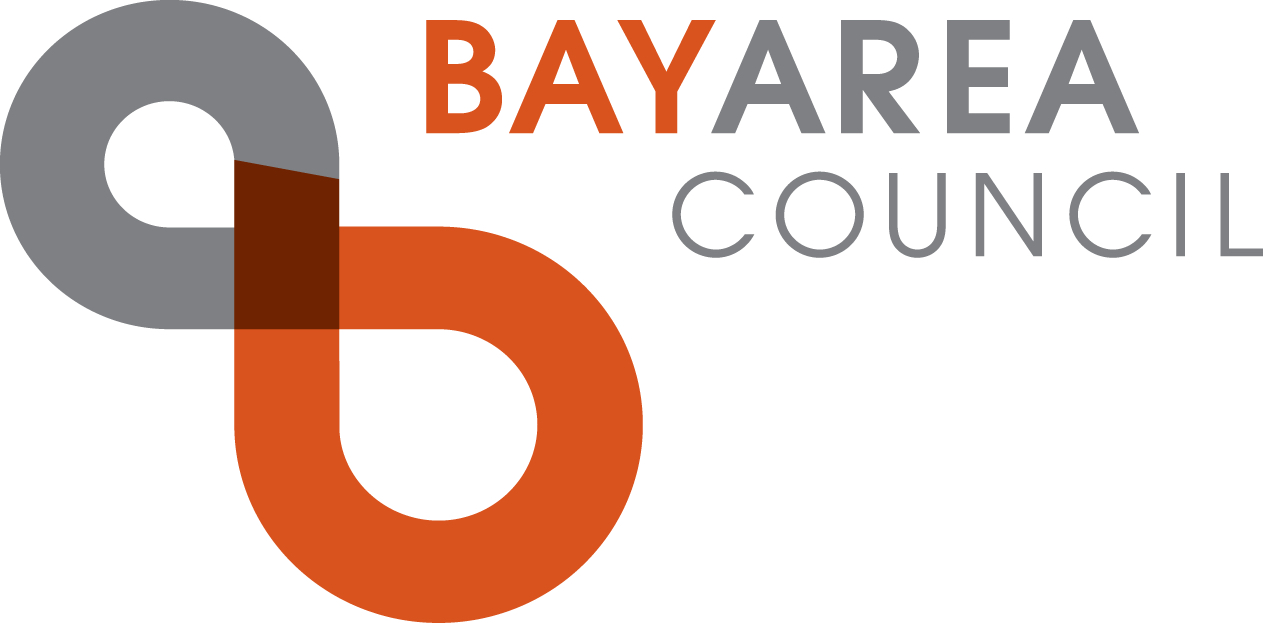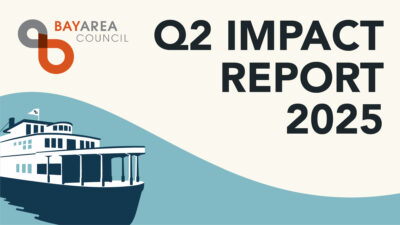New Report: Making the Megaregional Case for a New Transbay Rail Crossing
A new transbay rail crossing between San Francisco and the East Bay would not only ease congestion along one of the Bay Area’s busiest commute corridors it would serve as the lynchpin for an economic bonanza in the coming decades by expanding and better connecting multiple rail systems across the broader 21-county Northern California megaregion, according to a new study by the Bay Area Council Economic Institute.
The study—The Megaregional Case for a New Transbay Rail Crossing—examines the powerful transportation, economic and environmental benefits of a new rail crossing in speeding travel times between places like San Francisco, Silicon Valley, Oakland, Sacramento and San Joaquin County, supporting a growing distribution of jobs and economic activity across the megaregion and reducing greenhouse gas emissions from disparate commuters not well served by today’s current transit network.
“A new transbay rail crossing is critical to building out a highly connected, highly efficient Bay Area and Northern California transportation network,” said Jeff Bellisario, Executive Director of the Bay Area Council Economic Institute. “Adding transbay rail capacity will also be instrumental in creating new economic opportunities for more people across the 21-county megaregion.”
The study was developed in partnership with BART and the Capitol Corridor Joint Powers Authority as part of their new Link21 program, which in addition to the new transbay rail crossing is comprised of various projects that will provide more services, faster connections, and better access to jobs for people traveling throughout the Megaregion.
Major findings from the report, “The Megaregional Case for a New Transbay Rail Crossing,” will be presented during an hour-long webinar the Bay Area Council will host on Thursday, February 4, 2021 from 11:00 a.m. to 12noon. Register today for the webinar>>
With capacity to serve both BART and regional rail systems like Capitol Corridor and Caltrain, a new transbay rail crossing can make travel faster and more convenient by allowing passengers to use a single system to reach destinations that today can require one or more transfers to reach. The study makes no conclusions about what route a new transbay rail crossing might take.
Even as the COVID pandemic has resulted in a rapid transition to more remote work, the need for robust and well-connected rail and other transit services in the coming decades will remain as the economy and population expands and grows across the megaregion. According to the study, the combined population growth in the six counties of Northern San Joaquin County and three Sacramento-area counties since 2012 equaled that of San Francisco, San Mateo, Alameda and Contra Costa counties.
The kinds of transportation connections that a new transbay rail crossing would support will be just as important for workers whose jobs don’t allow them to work remotely, as well as for those seeking more affordable housing options outside the Bay Area’s rarified real estate markets.
A new transbay rail crossing will also help amplify massive investments that many rail systems are currently making or planning to make to improve their own infrastructure. And it will help make the Bay Area and Northern California more economically competitive with other regions around the country. The Bay Area Council was among the first organizations to envision a highly connected and integrated megaregion and has been working to organize a wide range of business, government and community partners in planning for its future.





